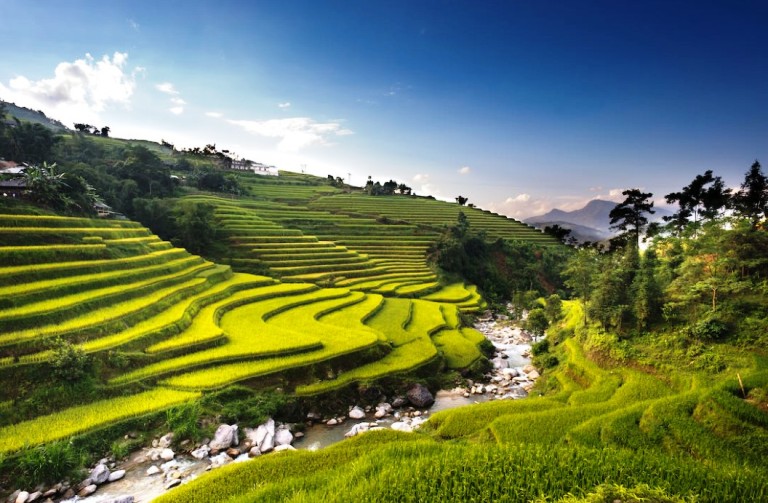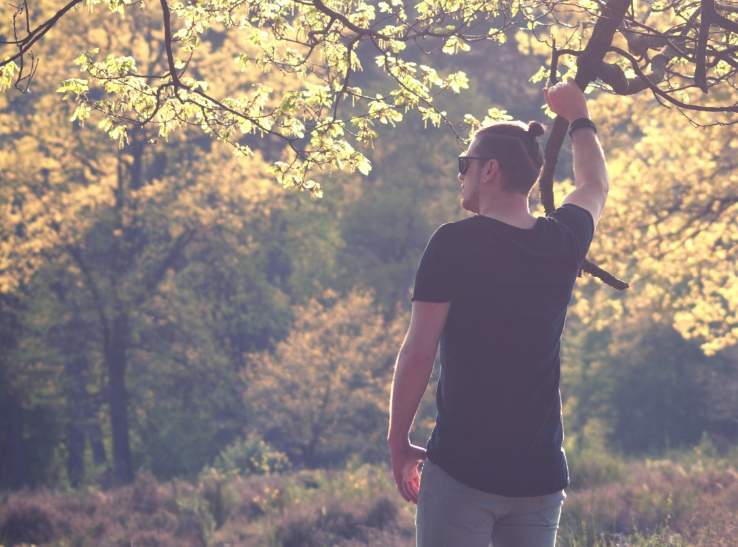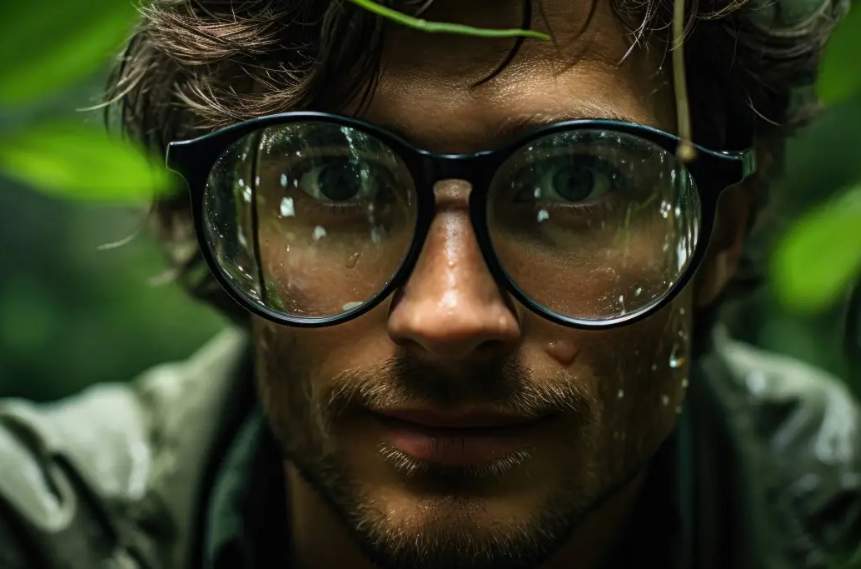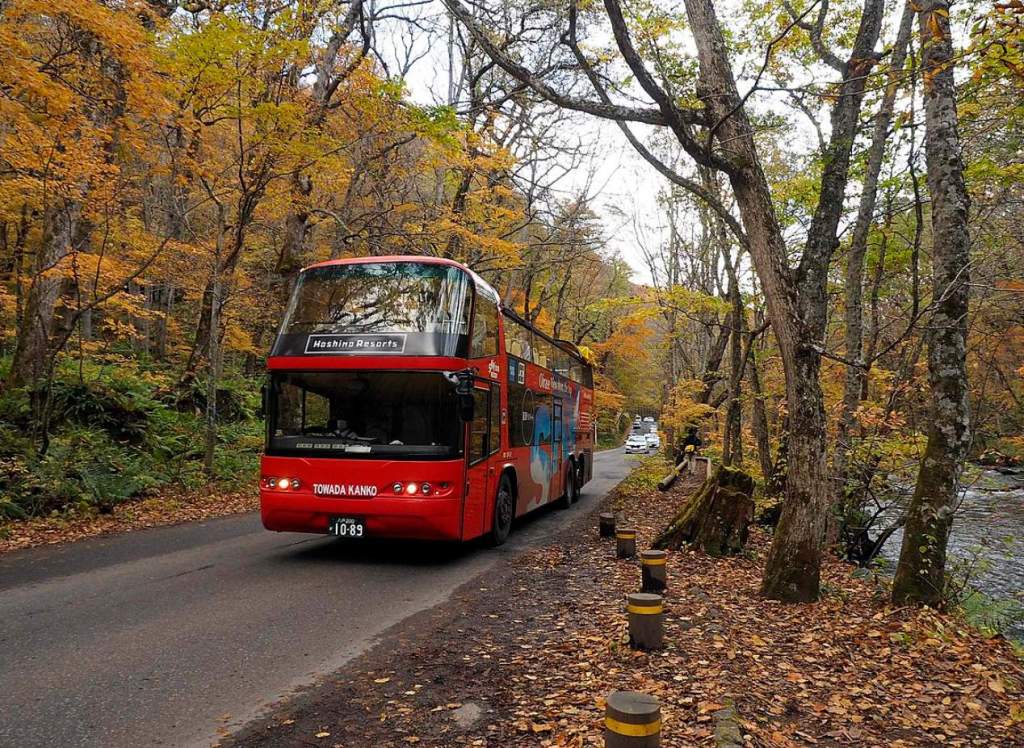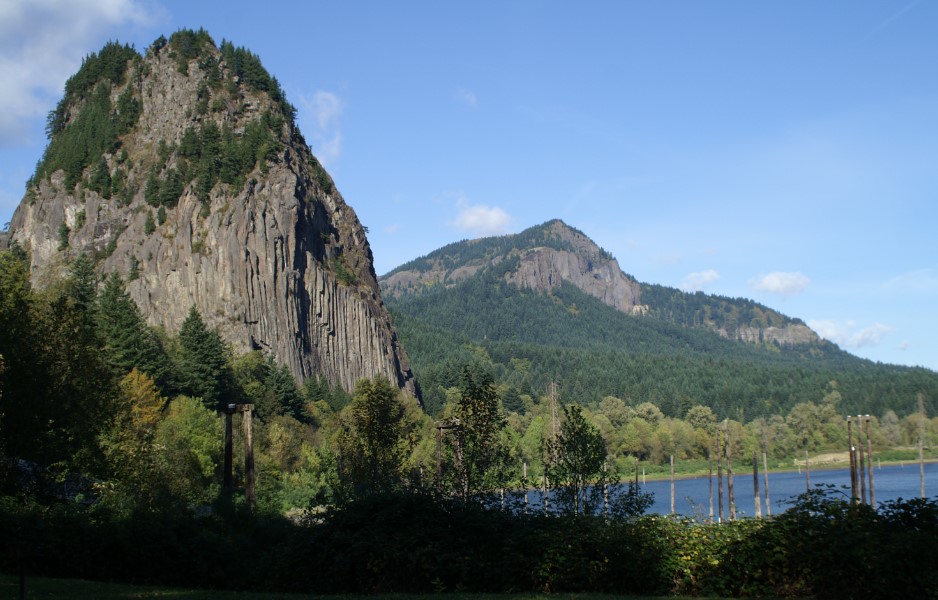The Top Namibian Places to Visit
The stunning landscapes and diverse wildlife of Namibia make it a popular destination in southern Africa. Namibia offers a variety of experiences for travelers, from red sand dunes to Etosha National Park. Visitors will enjoy a unique travel experience in this fascinating country. Besides its stunning natural landscapes and rich cultural heritage, the country has an abundance of wildlife as well. Any traveler who visits Namibia will find these places to be must-visits in this article.
Sossusvlei
The famous Sossusvlei is located in Namibia, in the southern part of the Namib Desert. Salt and clay pans are present among the tall red sand dunes, as well as all around them. As the Orange River deposited sand along the coast from the interior of Namibia, the dunes were formed over millions of years. Red sand dunes contrast with blue skies in this area, providing striking natural beauty.
Sandboarding, hot-air ballooning, and guided nature walks are among the activities that visitors can enjoy while hiking the dunes. The welwitschia plant and oryx antelope can also be found in Sossusvlei; both are desert-adapted plants. Sunsets and sunrises are the best times at this location for photography enthusiasts. Sossusvlei is, therefore, an unmissable destination for anyone traveling to Namibia who wants to experience a desert like no other in the world.

Etosha National Park
A vast wildlife sanctuary covering over 22,000 square kilometers, Etosha National Park is located in northwestern Namibia. An African reserve with a diverse range of animal and plant species, it is one of Africa’s largest. Elephants, lions, black rhinos, antelopes, zebras, giraffes, and other animals can be found in the park, as well as a variety of antelopes, zebras, and giraffes. A guided drive, a guided walk, and a night drive are all options for visitors to explore the park’s wildlife in their natural habitats.
There are large saltpans covering around 25% of the park’s surface, forming its landscape. A good rainy season gives flamingos and other birds a good breeding ground. Several lodges and campsites are available in the park, along with rest camps that have basic amenities like restaurants and shops. Road access is available, as is a charter airport. It is one of Africa’s most stunning natural environments, and Etosha National Park offers a unique safari experience for wildlife lovers and nature lovers alike.

Skeleton Coast National Park
Located along Namibia’s northern coast, Skeleton Coast National Park stretches over 500 kilometers and is a remote and rugged wilderness area. Symbolizing a dangerous and deadly place for sailors, the coastline of this park is littered with shipwrecks and whale bones. There are sand dunes, rocky outcrops, gravel plains, and desert vegetation in Skeleton Coast National Park, providing an environment that is starkly beautiful and unique.
Elephants, lions, hyenas, giraffes, and a variety of birds live in the park, despite its barren appearance. Moreover, with 4×4 guided tours and hiking expeditions, visitors can also go camping in the park, which offers a chance to see the remote and wild terrain of the park. A popular attraction in the park is fishing, with anglers catching snoek and yellowtail in the coastal waters.
A wilderness area with limited access and infrastructure, Skeleton Coast National Park is pristine and protected. It is required for visitors to obtain permits, and they are advised to prepare for a challenging and rewarding adventure by bringing the right equipment and provisions.

Swakopmund
At the edge of the Namib Desert, Swakopmund is a coastal town in Namibia. Known for its beautiful beaches and German colonial architecture, it is a popular tourist destination. Originally established as a port for German South-West Africa in the late 19th century, the town has a long history. A diversity of cultural events and festivals are held throughout the year in its historic buildings, museums, and art galleries.
Water-based activities, such as surfing, fishing, and kayaking, are popular in Swakopmund because of its Atlantic coast location. Besides sandboarding and quad biking, visitors can take part in dune buggy tours and other desert-based adventures. There is a wide range of international and local cuisine available in the town’s restaurants, cafes, and bars.
A nearby attraction such as Skeleton Coast National Park or Cape Cross Seal Reserve can also be explored from here. Its rich history, stunning natural beauty, and exciting adventure opportunities make Swakopmund a unique and memorable destination for visitors to Namibia.
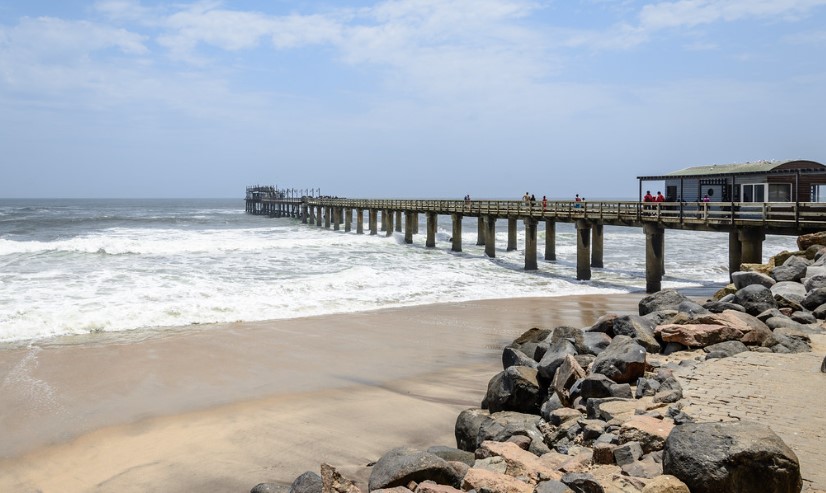
Fish River Canyon
South of Namibia’s border with South Africa lies Fish River Canyon, one of the most spectacular natural wonders. With a length of more than 160 kilometers and a depth of up to 550 meters, it is one of the largest canyons in the world. Fish River erosion, which flows through the canyon during the rainy season, has formed the canyon over millions of years.
Arid desert landscapes, towering cliffs, and rugged rock formations combine to create a breathtaking landscape. Trails and routes suit different skill levels and time frames in Fish River Canyon, a popular destination for hiking and trekking. Fish River Canyon Trail offers stunning views and a unique wilderness experience with its challenging five-day trek through the canyon’s heart.
Besides scenic drives and nature walks, visitors to Fish River Canyon can also enjoy wildlife viewing. Plants and animals adapted to the desert inhabit the canyon, including kudu, baboons, and Hartmann’s mountain zebras. Guests can choose from a range of accommodations in the area, including lodges, campsites, and guesthouses.
One of Africa’s most stunning landscapes, Fish River Canyon offers a unique and unforgettable natural experience for visitors to Namibia.
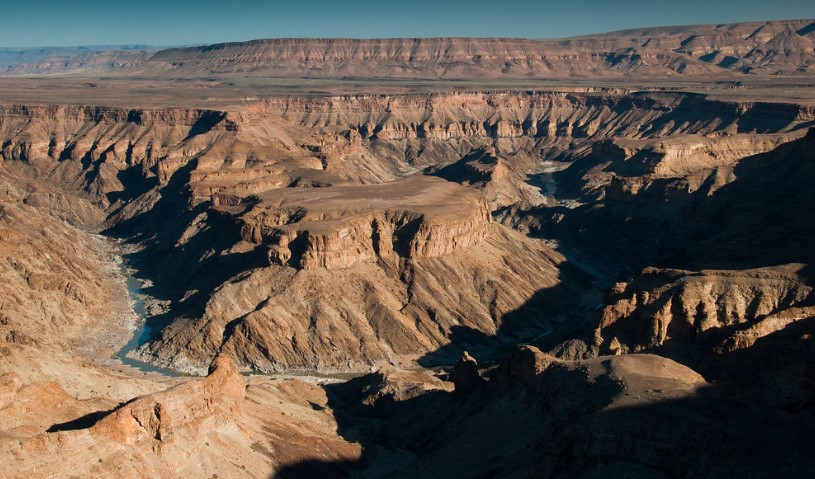
Damaraland
Damaraland is located in northwestern Namibia and is characterized by a rugged, remote landscape characterized by deep gorges, rocky outcrops, and wide valleys. Among its fauna and flora are rare desert-adapted elephants and black rhinoceros. As well as its rich cultural heritage, the region is home to several indigenous communities with a long history of living there. It is possible to learn about Damaraland’s traditional way of life, including its art, music, and folklore.
Hiking, guided drives, and wildlife watching are among the activities popular in Damaraland. A 4×4 vehicle can be used to explore the rugged terrain, which is home to hidden waterfalls, ancient rock art sites, and wildlife sanctuaries. Camping sites and luxury lodges are available in Damaraland, offering a range of facilities and services for different budgets and preferences.
Combined with breathtaking natural beauty, rich cultural heritage, and exciting adventure opportunities, Damaraland provides a truly unique Namibian experience. This is one of the most spectacular regions in Africa and a must-visit for anyone seeking an off-the-beaten-path experience.
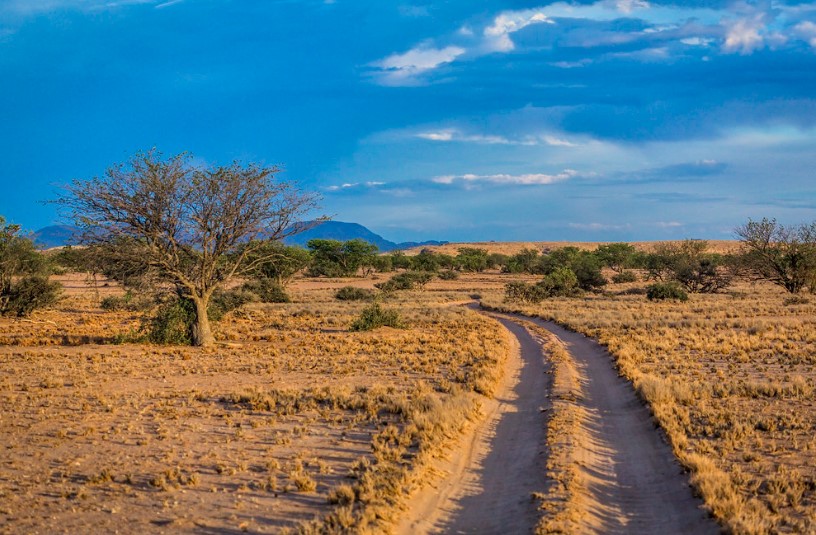
Caprivi Strip
Namibia’s Caprivi Strip is a narrow stretch of land bordering Angola, Zambia, and Botswana in the northeast. Lush vegetation, numerous rivers, and abundant wildlife characterize the approximately 450-kilometer-long and 32-kilometer-wide strip.
Several national parks and reserves can be found in the region, including the Bwabwata National Park, Mudumu National Park, and Nkasa Rupara National Park. Elephants, lions, leopards, giraffes, and antelopes, along with a diverse range of bird species, can be viewed in these parks. Many indigenous communities have lived in the Caprivi Strip for thousands of years, giving the area a rich cultural heritage. Art, music, and folklore can be learned about their traditional way of life.
A number of adventure activities are available in the region, such as boat cruises, fishing trips on the Zambezi and Chobe rivers, and guided drives. There are also many hiking trails and camping sites in the area, providing visitors with the opportunity to experience the region’s natural beauty close up.
The Caprivi Strip offers a wide range of accommodation options, from basic camping sites to luxury lodges, for a variety of budgets and preferences. Combined with spectacular natural beauty, rich cultural heritage, and exciting adventure opportunities, the Caprivi Strip offers a unique and unforgettable African experience. Any traveler to Namibia or southern Africa must visit this attraction.
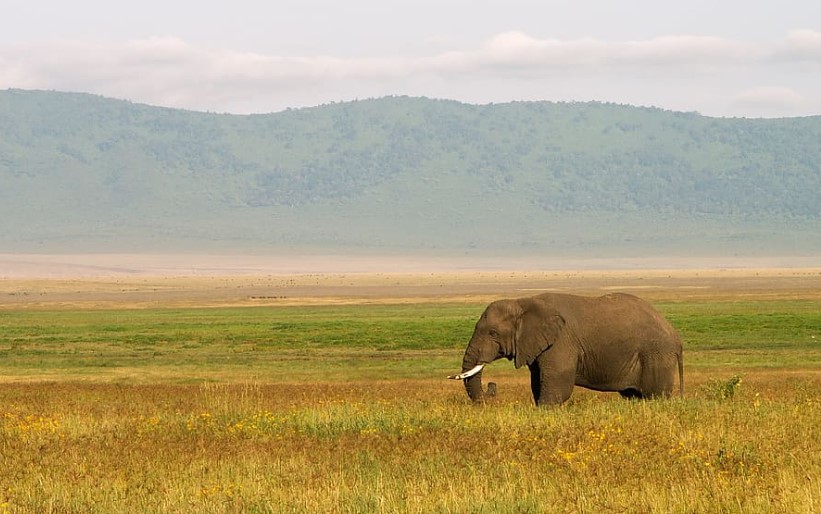
Waterberg Plateau Park
There is a nature reserve called Waterberg Plateau Park located in northern Namibia, around 250 kilometers from Windhoek. Located just 200 meters above the surrounding plains, the Waterberg Plateau is the inspiration for the park’s name. There are several rare and endangered species of wildlife in the park, including the white rhino and sable antelope. For wildlife viewing and exploring the park’s natural beauty, visitors can hire guided services which are specialists in Namibia.
As a site of major conflict during the Herero and Namaqua genocide in the early 20th century, the park has historical significance as well. Aside from its wildlife and historical attractions, Waterberg Plateau Park is also a popular destination for hiking and trekking, with a variety of trails of varying lengths and difficulty levels.
It is possible for visitors to learn more about the area and visit the grave sites of German soldiers and Herero warriors. With its unique geology and breathtaking scenery, the park offers a spectacular backdrop for outdoor adventure activities. Waterberg Plateau Park offers camping sites, chalets, and lodges with a range of amenities and services to suit different budgets and preferences. An unforgettable natural and historical experience in one of Africa’s most stunning landscapes awaits you at Waterberg Plateau Park for anyone traveling to Namibia.
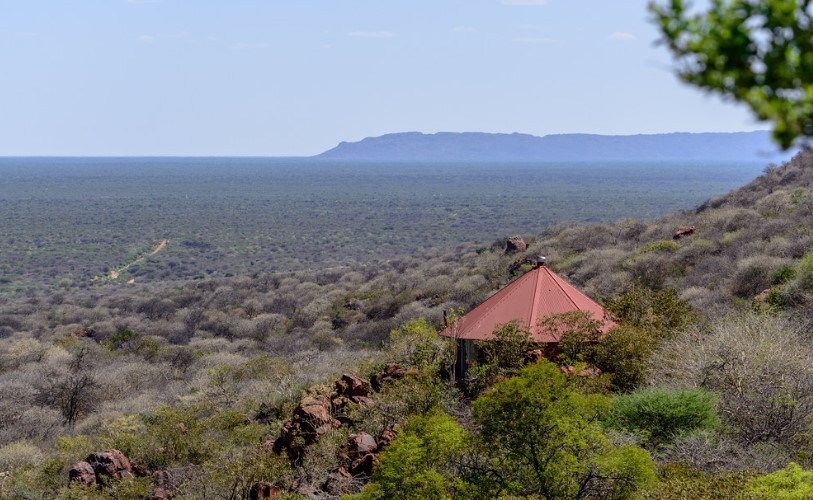
Spitzkoppe
The Spitzkoppe granite peaks can be found in the Namib Desert, approximately 250 kilometers from Windhoek. In addition to being popular among photographers, hikers, and rock climbers, the peaks rise sharply from the surrounding desert plains.
It reaches a height of 1,728 meters above sea level, making it the highest point in the Spitzkoppe group. For a breathtaking view of the surrounding desert and mountains, visitors can hike to the top of the peaks in the area. A series of cave paintings and engravings dating back thousands of years are found at Spitzkoppe, as well as several unique rock formations.
There is also an opportunity for visitors to learn about the cultural heritage of the area’s indigenous communities, including the San and Damara people. There are also several antelope species living around Spitzkoppe, as well as mountain zebras and baboons. A guided drive or guided walk can be taken to see these animals up close.
Spitzkoppe offers a range of accommodation options suited to different budgets and preferences, including basic camping sites and luxury lodges. Spitzkoppe offers one of the most stunning natural landscapes in Namibia, making it a must-visit for anyone traveling to Namibia.
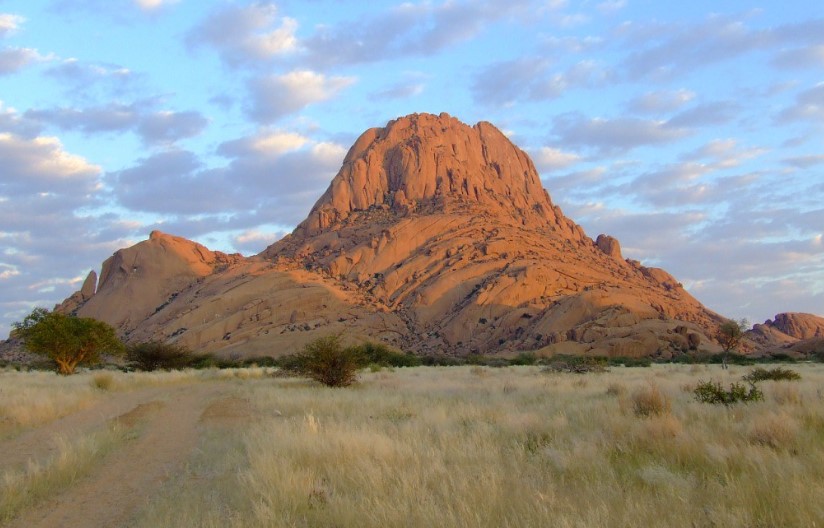
Kolmanskop
The ghost town of Kolmanskop lies in the Namib Desert of Namibia, approximately 10 kilometers inland from Lüderitz. Diamond mining settlements were established in the early 1900s, and the town grew to several hundred people. The unique architecture and fascinating history of Kolmanskop make the town a popular tourist destination. A haunting atmosphere and sand-filled streets make the town a popular film and photography location.
Kolmanskop is home to a variety of buildings, including former miners’ homes, hospitals, and casinos. There are many famous landmarks in Kolmanskop, such as the diamond mine, which was once one of the richest in the world. Tours of the mine can be arranged for visitors who wish to learn more about the area’s diamond mining history.
Kolmanskop also hosts a variety of unique cultural and artistic events, including a photography festival showcasing the work of local and international photographers. Kolmanskop has limited accommodation options, with most visitors staying in nearby Lüderitz. You can visit the town as part of a larger tour of the Namib Desert region, which is easily accessible by road.
Any history or photography enthusiast or anyone looking for an unforgettable cultural experience should visit Kolmanskop. Namibia’s most fascinating and unforgettable attractions are made up of abandoned buildings, an eerie atmosphere, and a rich history.

Windhoek
A vibrant cultural scene, museums, and restaurants can be found in Windhoek, the capital of Namibia. There are many things to see and do in Windhoek. It is an important cultural, economic, and political center in Namibia; it is the country’s largest city. Due to its German colonial origins, the city has a rich historical background.
There is a unique blend of European and African influences in Windhoek today, making it a vibrant and modern city. A number of cultural and historical attractions are available in Windhoek, including the Christuskirche, a Lutheran church built in the early 20th century, and the Independence Memorial Museum, which recounts Namibia’s struggle against colonialism.
A wide variety of local crafts, art, and cuisine can be found in Windhoek’s markets and street vendors. Among the traditional Namibian dishes you can sample are biltong (dried meat), kapana (grilled meat), and oshifima (maize porridge). Windhoek is the perfect base for exploring the surrounding areas, including the Khomas Hochland mountains and the Namib Desert. Hot-air balloon rides, hiking, and wildlife viewing are some of the most popular activities in the area.
From luxury hotels to budget guesthouses, Windhoek offers a variety of accommodation options to suit different budgets and preferences. With regular flights connecting Windhoek to other cities in Namibia and around the world, the city is easily accessible by air. Windhoek offers visitors a unique blend of history, culture, and outdoor adventures.



